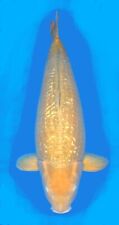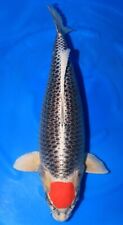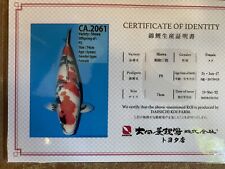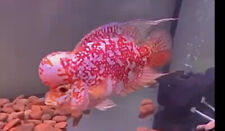Does My Hamster Have Allergies?

How can you tell if your hamster has allergies?

As with all mammals, hamsters can have allergies and display symptoms surprisingly similar to that of cats, dogs and indeed humans. Symptoms we are familiar with in humans such as persistent sneezing, watering eyes, wheezing and skin irritation can all indicate your hamster might have an allergy.
The most common allergic reaction you will find among domesticated hamsters is a reaction to their bedding or cage substrate. For example, hamsters that have sawdust as a bedding are much more likely to have irritated eyes and sneezing. In addition, there has been some research to indicate that cedar and pine wood shavings can cause respiratory problems in hamsters. If your hamster has these symptoms, try replacing his cage substrate with tissue paper, aspen wood shavings or straw pellets and see if the symptoms persist.
Hamsters can also be sensitive to everyday household products. A great example is when people use odor-eliminating or air-freshener products near their hamster’s cage. All such aerosols can cause respiratory problems in sensitive animals. The simple solution to this problem is to stop using these products near your hamster’s cage and, if they are used because the cage is considered smelly, clean your hamster’s cage more frequently.
Many people consider their hamster to be allergic to various types of food. However, as in cats and dogs, most reactions are temporary and are a response to a sudden change in diet or vast increase in vegetable supply. If you are starting to provide your hamster with greens or are changing his food, do this gradually and you should avoid causing a digestive upset.

$999999.00
35'' VHQ JAPANESE MONSTER GIN RIN KARASHIGOI LIVE KOI WATER GARDENS - KOIGEMS
$23000.00
Aquarium Tropical Fish Store Turn Key Coral,Salt & Fresh - Ready to Earn Cash$$
$19750.00
🔥🔥 28" JAPANESE TANCHO KUJAKU LIVE WATER GARDENS - KOIGEMS🔥🔥
$14200.00
31 " HQ Dainichi certificate Showa Koi live fish standard fin Georgia
$13000.00
King Kamfa Flowerhorn Golden Base Koi Pearls Exotic Vip 7”
$10000.00
8inch Black Belt Cichlid LIVE FISH Message Me For More Info On Price Located 805
$10000.00
HQ Imported Japanese JUMBO SAKAI KOHAKU 24"
$8050.00
HQ Imported Japanese JUMBO SAKAI TANCHO KOHAKU - 23"
$8050.00
HQ Imported Japanese JUMBO SAKAI Sanke 24"
$7475.00









